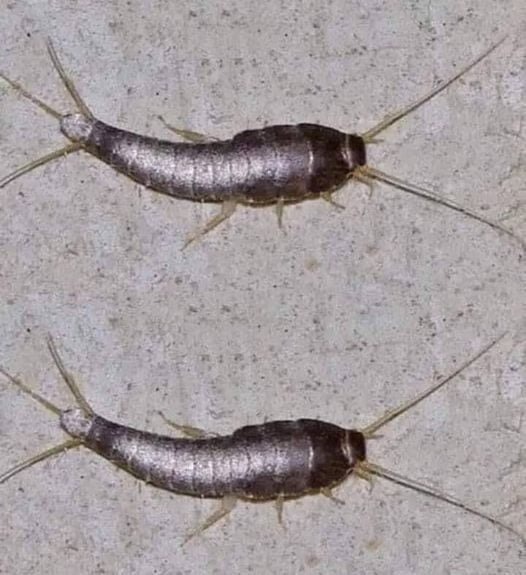ADVERTISEMENT
#### **Bedbugs: Tiny Bloodsuckers**
Another common pest that can find its way into your home is the **bedbug**. These small, reddish-brown insects are excellent at hiding in cracks, seams, and crevices of your mattress, furniture, and walls. Bedbugs feed on human blood, often at night while you’re asleep.
**Why You Should Be Concerned:**
– Bedbugs can cause intense itching and skin irritation, as well as allergic reactions in some people.
– They are notoriously difficult to get rid of once they’ve infested your home.
– Although bedbugs don’t transmit diseases, their bites can lead to infections due to excessive scratching.
**How to Prevent Infestation:**
– Regularly inspect your bedding, furniture, and surrounding areas for signs of bedbugs.
– Wash and dry bedding and clothing on high heat to kill any bedbugs or eggs.
– Consider calling a professional pest control service if you suspect an infestation.
—
### **2. Toxic Mold: A Silent Threat to Your Health**
If you notice a musty smell in your home, or if you see black or greenish patches on walls, ceilings, or floors, there’s a good chance that you have **toxic mold** growing in your home. Mold thrives in damp, humid environments, and it can spread quickly if left unchecked.
**Why You Should Be Concerned:**
– Mold can cause a range of health issues, from **allergic reactions** to **respiratory problems**. People with asthma or weakened immune systems are especially vulnerable.
– Long-term exposure to mold can lead to chronic conditions, including sinus infections, coughing, and wheezing.
– Certain types of mold, such as **black mold (Stachybotrys chartarum)**, can be particularly dangerous, causing neurological symptoms, including memory problems and difficulty concentrating.
**How to Prevent Mold Growth:**
– Fix leaks or water damage promptly, as mold grows quickly in moist environments.
– Use dehumidifiers to reduce moisture in areas like bathrooms, kitchens, and basements.
– Ensure proper ventilation throughout the house, particularly in damp areas.
– If you find mold, clean it immediately with an appropriate cleaner and, if necessary, consult a professional for severe infestations.
—
### **3. Dangerous Chemicals and Household Products**
Many household cleaning products, pesticides, and other chemicals may be in your home without you even realizing the potential dangers they pose. From **bleach** to **ammonia**, cleaning supplies can be harmful if not used or stored properly.
**Why You Should Be Concerned:**
– Exposure to harsh chemicals can lead to burns, respiratory problems, and eye damage.
– Some household chemicals can react with one another and create dangerous fumes. For example, mixing bleach with ammonia produces toxic chloramine vapors that can cause severe respiratory distress.
– Children and pets are especially vulnerable to poisoning or injuries from chemicals left out in the open.
For Complete Cooking STEPS Please Head On Over To Next Page Or Open button (>) and don’t forget to SHARE with your Facebook friends
